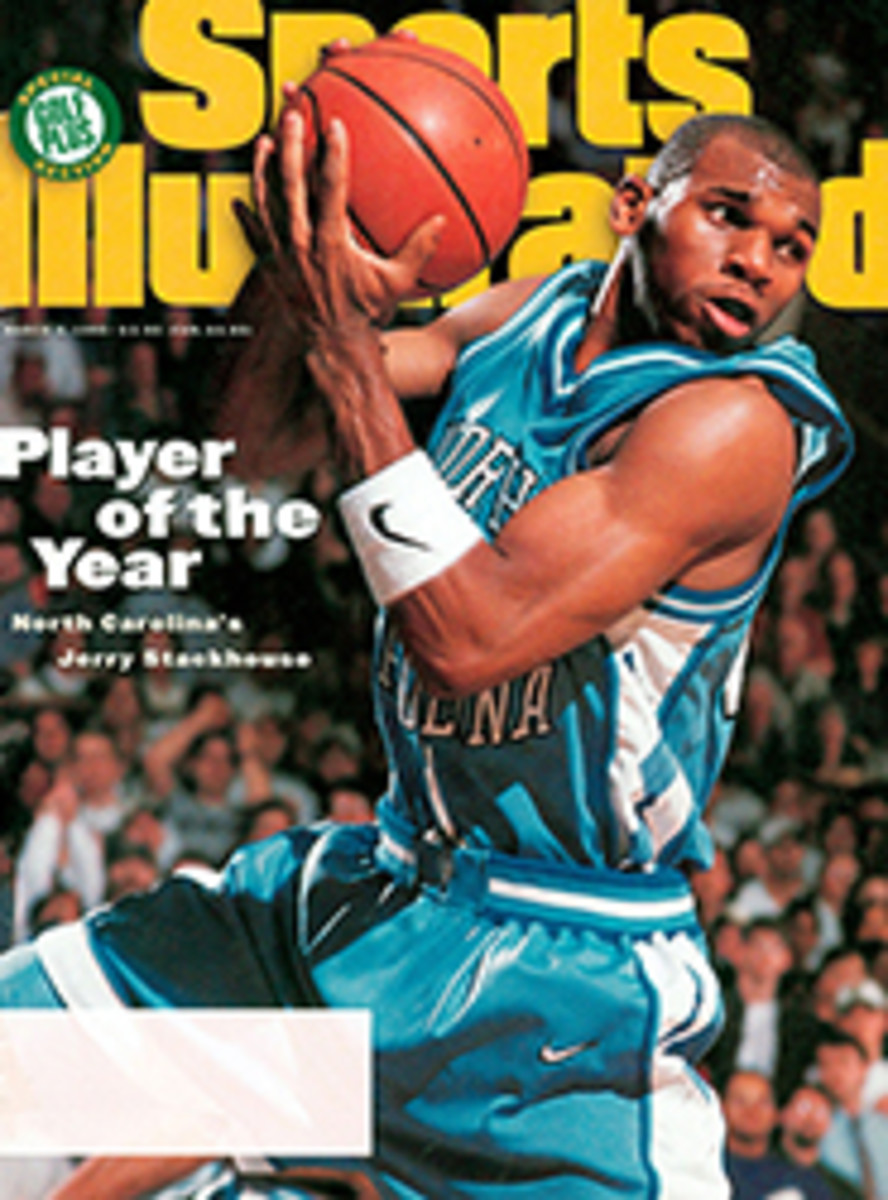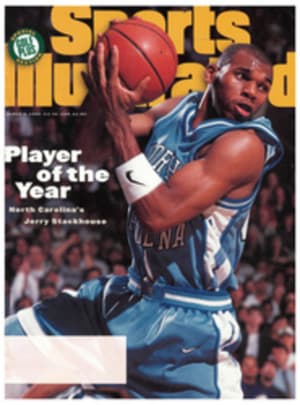
THE TIME MACHINE RICHARD STEVENS TRANSPORTS US TO THE 19TH CENTURY IN HIS DURYEA REPLICA
Put a stethoscope to Richard Stevens's chest, and you're likely
to hear the quiet rumble of a small engine rather than the thump
thump of a heart. Prick his finger, and he'll bleed 40-weight
motor oil.
That's because Stevens, a soft-spoken 52-year-old from
Springfield, Mass., is a car man. ``I have been wrenching since
1959,'' he says. In other words, he relates to cars in a way that
most of us do not.
Stevens's automotive pedigree helps explain why he has embarked on
a seemingly quixotic quest: He plans to construct an exact replica
of each of five automobile models designed and built by Charles
and Frank Duryea around the turn of the century.
In 1893 the brothers Duryea, who were from Ohio, became the first
Americans to build and drive a gasoline-powered automobile, which
they did in Springfield. ``We know what Abe Lincoln looked like,''
Stevens says, ``but we'll never know what he sounded like. What
I'm doing is building a three-dimensional piece of history,
bringing back sounds and sights that would otherwise be lost.''
Unfortunately, only two cars -- representing two of the five
Duryea models built -- are still intact, which makes replication
of the other three difficult; one surviving Duryea is owned by the
Henry Ford Museum in Dearborn, Mich., the other by the Smithsonian
Institution in Washington, D.C. Photos are all that remain of the
other 17. Luckily for automotive posterity, Stevens is not easily
discouraged.
In 1985 he learned of the Duryeas' original horseless carriage.
Surprisingly, the U.S. auto industry's Adam was nowhere to be
found. Three years, many letters and hundreds of phone calls
later, Stevens learned that the original Duryea was owned by the
Smithsonian.
In late 1987, on a trip to Washington, Stevens was disappointed
to discover that the museum didn't even display the Duryea but kept
it in storage. It was then that he decided to build a replica and
share it with the people of Springfield.
``In another hundred years,'' says Stevens, ``when transportation
has evolved into something that we can't envision, I want people
to be able to look at these cars and to see where it all started
in America.''
Stevens spent four years -- and $45,000 of his life
savings -- researching and building the first Duryea replica.
He finished it in time for the car's centennial in September 1993.
The project forced Stevens to become something of an expert at
things ranging from carriage building and upholstering to metal
casting and blacksmithing. Building the second Duryea will require
him to call on his skills as an automobile archaeologist as well:
The original no longer exists.
Charles and Frank Duryea's second car won America's first
automobile race, a 54-mile slog through the slush and snow of
Chicago on Thanksgiving Day 1895. The Duryea, powered by a
two-cylinder engine, averaged less than six miles per hour and
beat, among others, a car entered by a German manufacturer named
Carl Benz. The Chicago Car, as the race-winning Duryea was called,
went unappreciated, however, languishing in a garage in
Springfield until the 1920s, when it was most likely destroyed in
a fire. Six blurry old photographs and Frank Duryea's letters in
which the car is mentioned constitute the whole of Stevens's
technical support.
Amazingly enough, he has already made a good start on the car.
Stored neatly in his shop, a converted three-car garage that sits
behind his house, are almost 100 parts, many of them handmade.
Each represents an average of nine hours of work. Stevens
estimates that he will have to make another 400 parts before he is
finished. And unlike the routine of his first Duryea effort,
Stevens is working alone this time: The machinist and the welder
of the '93 car have chosen to sit this one out.
Although the disappearance of the second Duryea model presents
Stevens with problems he did not experience with the first car, he
hopes that the 1895 Duryea will be ready in time for its
centennial.
If necessary Stevens will dip even further into his savings in
order to complete the job. Has he tried fund-raising? ``I have
been refused by some of the best and largest corporations in
America,'' he says. ``But,'' he adds, stating the obvious, ``this
is a labor of love.''
COLOR PHOTO:RICHARD STEVENSStevens based his first Duryea (right) on the real thing; for his second he is relying on old photographs. [Duryea replica] COLOR PHOTO:MATTHEW ATANIAN[see caption above--Richard Stevens in his shop]

